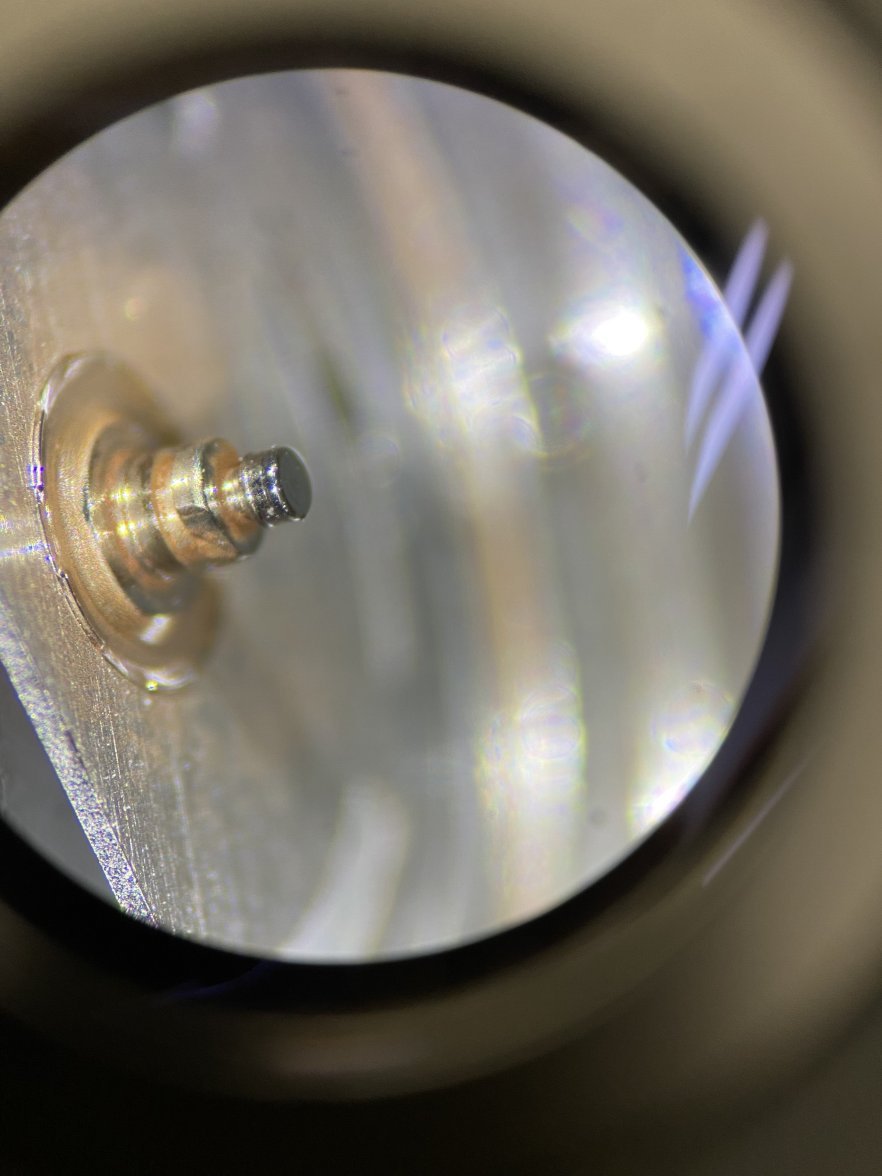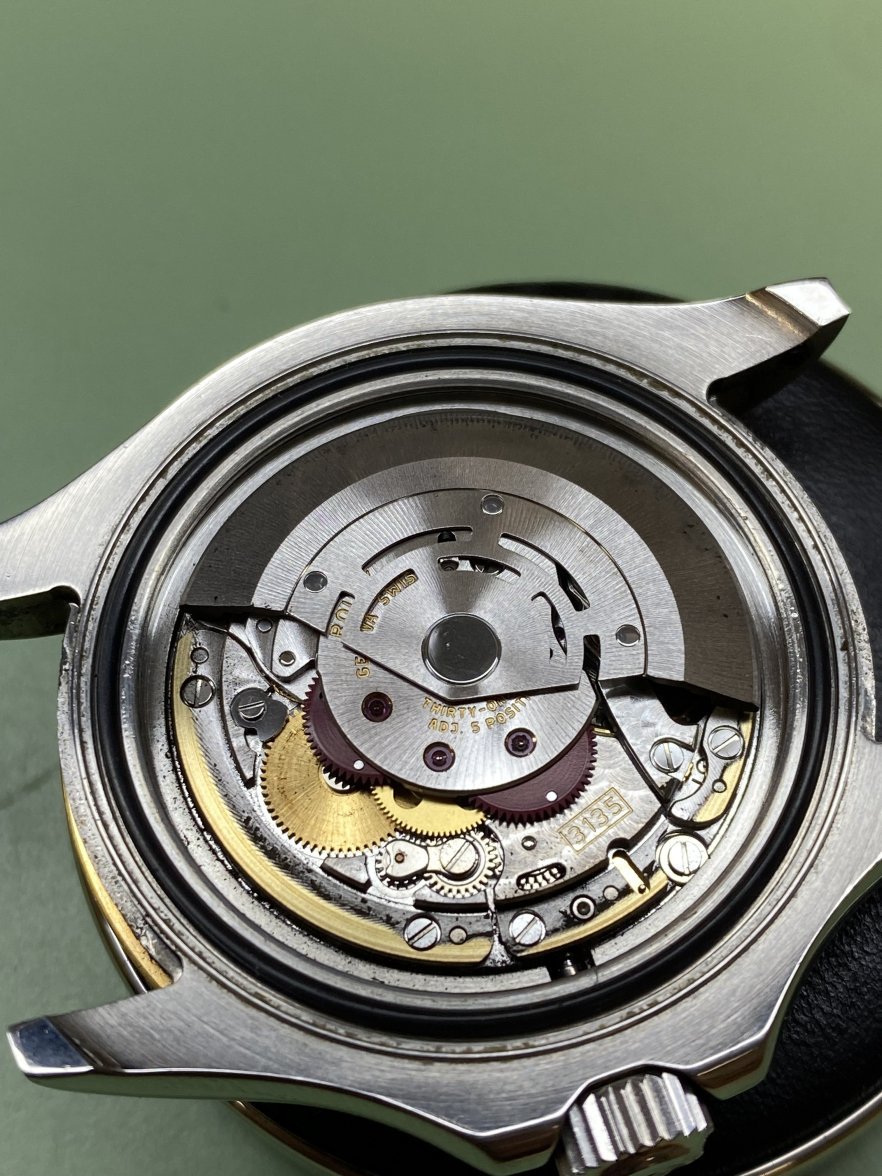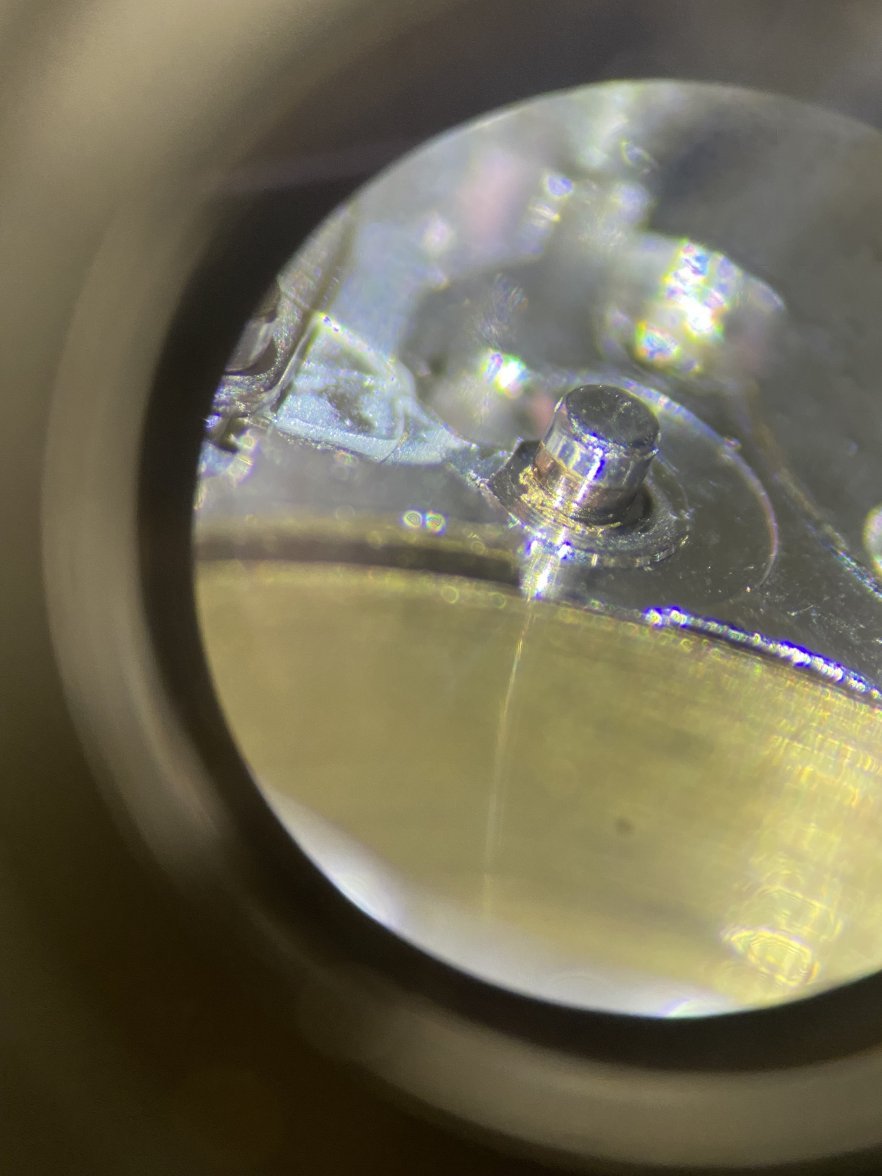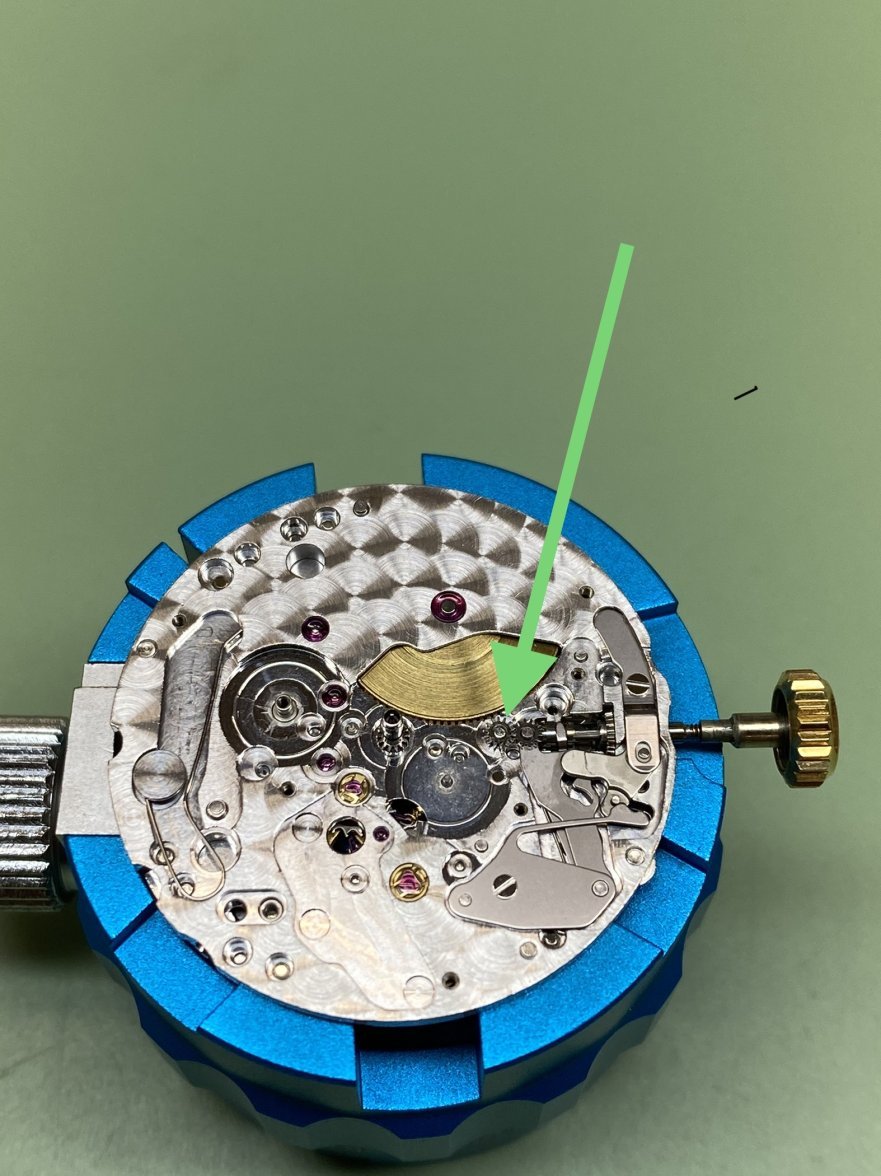- Posts
- 121
- Likes
- 25
Speedy13
·I can't understand what you're getting on about.
All watch movements wear.
Sometimes watches break.
Sometimes they're not covered by warranty.
Omega will replace worn parts as part of routine service free of charge. Of course, the service itself costs a base price but worn movement parts are replaced. Hands, dials, bezels, etc. are at cost.
The cal. 8500 went through several changes; 8500A co-axial, 8500B Si14 spring antimagnetic co-axial, 8500G full Si14 components Master Co-Axial.
The newer calibres you're talking about are resistant to magnetic fields <15,000 Gauss. Full stop. This is by way of a number of functional parts of the movement: pallet fork, mainspring, co-axial wheel, balance staff, etc.
All watch movements wear but some of them could work for 10-15 years and some of them just stop in 6-8 years or get serious loss in accuracy. That's a difference!
I am looking for a used Omega's and I'm trying to justify the difference lets say between 8500 vs 8900. if they upgrade 8500 with few parts closer to 8900 than I don't see a reason to spend an extra $$$ aftermarket. 8900 with 2 years warranty or 8500 after service with 2 years warranty
Omega doesnt charge for the hands by the way.
Exactly that's what I am talking about. No one could tell what level of resistance is 8500A or B. No one test! Even Omega they couldnt answer that.
I am asking what parts are exactly have serious affect on accuracy. I could tell you the same: Si14, escapement parts and etc.
I want to know more specifically and if possible to read that specific parts. Just to see how much they changed
 It sounds like aegler marketing.
It sounds like aegler marketing.


